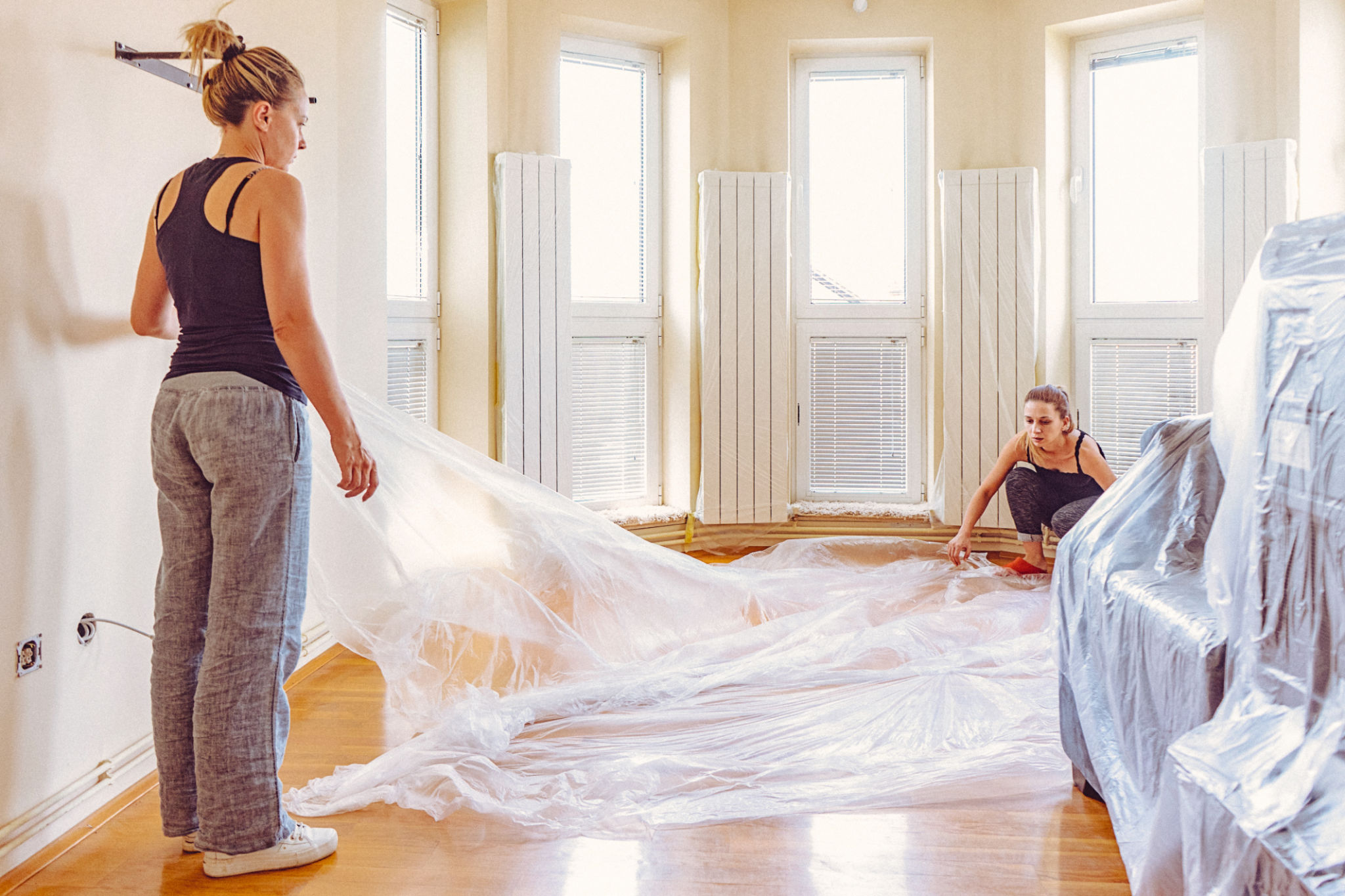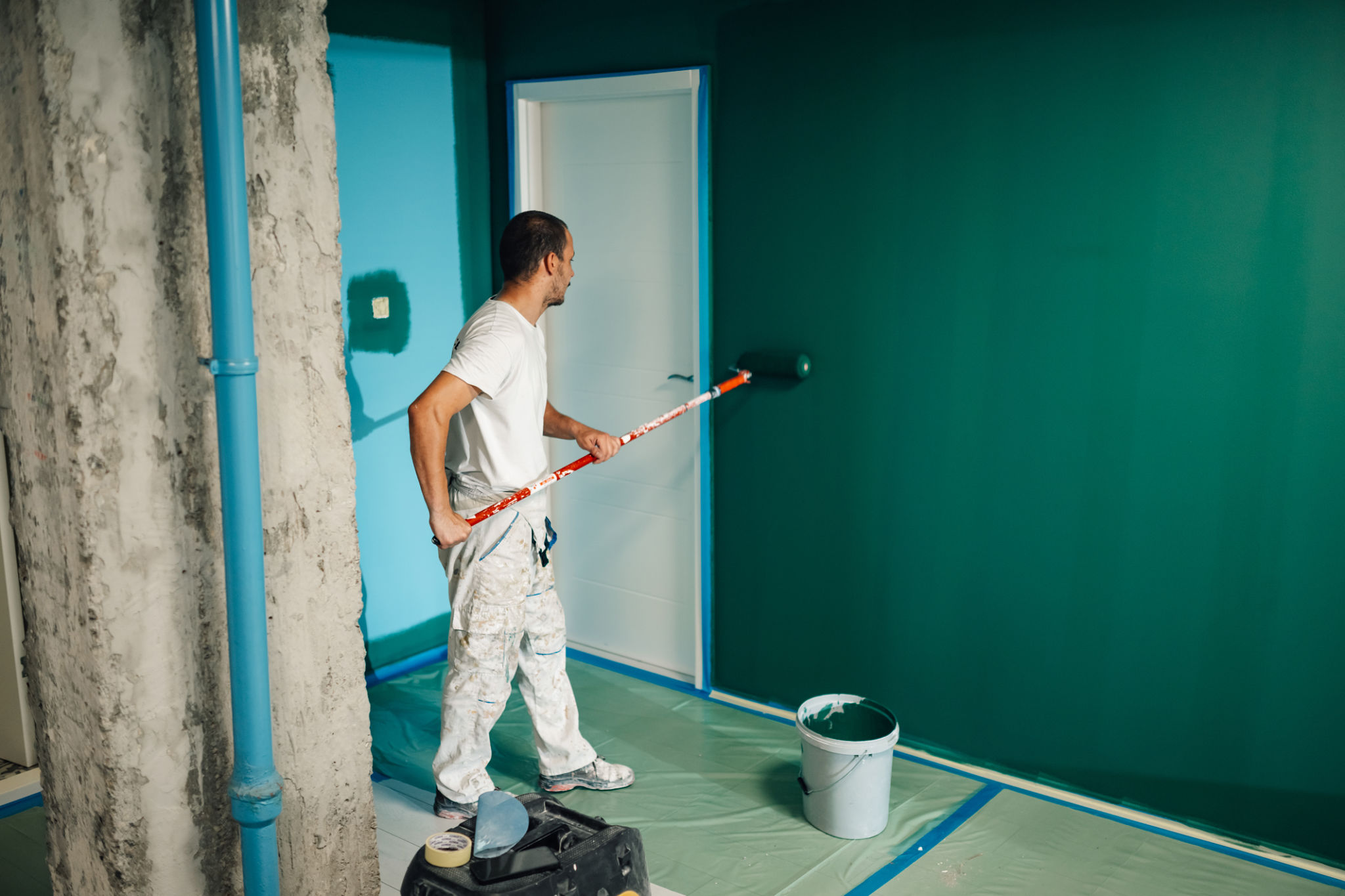Common Mistakes in DIY Painting and How to Avoid Them
Preparation Mistakes
One of the most common mistakes in DIY painting is inadequate preparation. Skipping or rushing through the preparation phase can lead to poor results. To avoid this, ensure that you clean the surfaces properly, remove any old paint, and repair imperfections such as cracks or holes. Sanding the surface is also crucial as it helps the paint adhere better.
Another key aspect is taping off areas that you don't want to be painted. This includes edges, trims, and fixtures. Use high-quality painter's tape to ensure clean lines and prevent paint from bleeding under the tape.

Choosing the Wrong Paint
Choosing the correct type of paint is essential for achieving the desired finish and durability. Many DIYers make the mistake of selecting paint based solely on price or color without considering the specific requirements of their project. For example, using interior paint in an outdoor setting can lead to early deterioration.
Consider factors such as surface type, location, and weather conditions when selecting paint. Always consult with a professional or refer to paint manufacturer recommendations if you're unsure. Investing in high-quality paint can save you time and money in the long run.
Lack of Proper Tools
Using inappropriate or low-quality tools is another common error. Brushes, rollers, and sprayers should be chosen based on the type of paint and surface being worked on. For instance, a roller with a thicker nap is better for textured surfaces, while a brush with fine bristles is ideal for detailed work.

Additionally, don't forget about essential accessories like drop cloths, stir sticks, and paint trays. Having the right tools at hand can make a significant difference in the ease and quality of your painting project.
Skipping Primer
Primer is often overlooked but plays a crucial role in achieving a smooth and even finish. It helps the paint adhere better to the surface and enhances color vibrancy, especially if you're painting over a dark color or a newly repaired wall.
Always apply a primer before the final coat of paint, particularly on new drywall or when making a drastic color change. This extra step can prevent peeling and ensure your paint job stands the test of time.
Rushing the Process
A common DIY painting mistake is rushing through the project. Painting takes time, and each layer needs to dry completely before applying another. Skipping drying times or applying thick coats can result in drips, uneven textures, and an overall unprofessional look.

Plan your project timeline realistically, allowing sufficient drying time between coats as recommended by the paint manufacturer. Patience is key to achieving a flawless finish.
Ignoring Safety Precautions
Last but not least, never ignore safety precautions while painting. Work in a well-ventilated area to avoid inhaling fumes. Use ladders safely by ensuring they are stable and positioned correctly. Wearing protective gear such as gloves and masks can prevent skin irritations and respiratory issues.
By understanding these common pitfalls and how to avoid them, your DIY painting projects can become more successful and satisfying experiences.